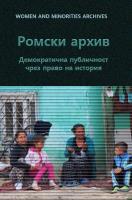
We kindly inform you that, as long as the subject affiliation of our 300.000+ articles is in progress, you might get unsufficient or no results on your third level or second level search. In this case, please broaden your search criteria.


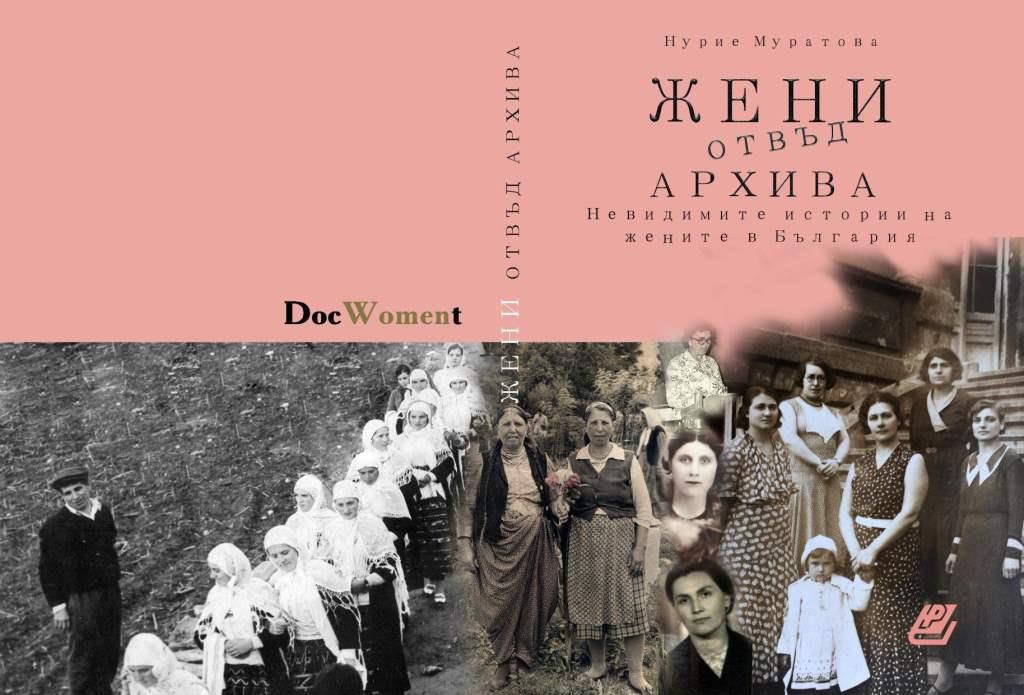
The monograph “Women beyond the Archive. Invisible Histories of Women in Bulgaria” is focused on researching the archives of and for women in Bulgaria. The proposed model encompasses the chronological framework of the period of the communist regime and considers the historical conditions of the founding of the State Historical Archives in 1951. The object of the study are the archives of women vis a vis the traditional historical archives. I try to outline the presence of the history of women and women’s lifes in the documental heritage. The purpose of the research is to define the models of archive availability in Bulgaria, related to the history of women and more specifically to define the historiographic situation in the sphere of researching gender and the history of women. The archive policies which are part of the general policies of the totalitarian period predetermined the documental presence of history of women. Today we possess a huge ammount of documents – mainly official, about the state activists as well as about the distribution and the manegement of the documentation of the period. It is to be noted that women, who did not fit the ideological narrative of the period are neglected by the archives, because of the well known ideological and institutional standing of the establishment of the State Archives in Bulgaria. Women of diverse minority groups, women who belonged to the political opposition, women workers in the factories, field workers and so on are left out of the collections of the State Archives – or they are present only with especially selected showcase faces. In addition, in the post-socialist archives in Bulgaria once again are absent the a number of groups of women like Gypsy women, Pomak women, Turkish women. Generally speaking, women from the low class – or of diverse ethnic or religious background – are marginalized as well as in the global documental heritage. This situation defines the difficulties which face the researcher of the history of women in Bulgaria. A number of topics and research fields are ignored being unclear and documentary not supported. Still, these obstacles could stimulate the use of non-conventional sources and methods, enriching the research methods. The use of oral history and interdisciplinary methods that unite the approaches of different humanitarian and social sciences gains specific importance. Both the academic discussions and the new research fields, developed after the fall of the Iron Curtain found their place in our scholarly discourse. I have to emphasise that I was not led by the often used practice to adjust the ‘big’ theory to my own research. I have chosen the vice versa method – to let the results of my research found their theoretical justification. Part of my academic inquiries inscribed into the modern theories of the postcolonial studies, minority studies, intersectional theories of accumulation of inequalities and marginalization, and modern identity archive theory. Onether purpose of my research is outline some fields in the archival system which could not be studied by conventional methods. The developing research fields of Gender Studies, History of Women and History of Gender Relations in Bulgaria rarely pay attention to marginalized women. In the first chapter I contemplate the theories which could be applied to the research of the ‘hidden’ women. My aim is not to cover all theoretical recourses but rather to spot possible research horizons. In the first chapter I follow the processes of interaction between historiography and archives as practice of documentation in the framework of socio – philosophical and archive theoretical doctrines. I take into account the postcolonial theories, the theories of intersection of inequalities and marginalization in the context of their relation to the present academic situation in Bulgaria. One of the purposes of the monograph is to outline as a research field the life stories of sometimes double or triple marginalized women.They could be approached by different research methods – and especially via interdisciplinary methods. In the second chapter I present the origin, the history and the development of the archives of women and for women, their variety and specificity in their international context. The geographical framework includes women archives in Europe, the Balkans and the USA. The varieties of archive practices are connected with the enriching the definition of the archive – surpassing the notion of the classical historical archives. The so called ‘identity archives’, part of which are the women’s archives are the best example for this case. In the third chapter I describe the situation in the Bulgarian State Archives in relation to documental heritage of women. For this task I use statistical methods for outlining its size on the background of the official polices towards women. For data searching in the entire archival system of the Bulgarian State Archives I used the informational system of the institution. I analysed the content of all the files (Фонд) in order to define only the archives related to the history of women. Another important documental resource are the personal files of women (including family records) which I researched in details. What is important to note about the personal archives is that they reflect directly the policy of the archival system in preserving the memory of women. The last chapter includes several case studies of women’s archive stories which I have studied in details and which I have already published (some of them in joint works with other colleagues, including published books). In this chapter I consider their stories only from the point of view of their archive presence and in relation to the statement of Mary Beard “No documents, no history”. Through the prism of postcolonial theories and the theories of accumulation and intersection of inequalities and marginalization I have researched the archival presence of Muslim women and Gipsy women during the totalitarian period. There have been many research obstacles related to the reconstruction of life stories of three women who were activists of the Bulgarian Agrarian Union. Two of them (Rajna Lapardova and Nevena Elmazova) have two ‘archives’ – one ‘official’ prepared and delivered by them to the State Archive – and another one fabricated by the repressive apparatus of the State Security. which outlines different biographical trajectory. The third woman who belonged to the Oppositional Agrarian Union (Tsvetana Tsacheva) has spent years in the communist labour camps after 1947, when the political opposition in Bulgaria was eliminated. Tsacheva does not have official archive and her life story could be reconstructed only using the method of oral history. Although there were some traces in the State Security Archive marking the persecution against her, her own experience would have been unknown if the method of field research was not used. The other similar cases of persecuted women because of their Turkish ethnic origin were the lecturers at the Sofia University Mefkure Mollova and Hayrie Memova-Suleymanova. The persecutions against them are well documented in the State Security Archive at the expense of the lack of any traces of their academic and other professional activities. The last case (the writer Zlatka Cholakova) is about the so called ‘drawer’ literature, which was sent to the State Archive by misunderstanding. This personal archive research demonstrates the benefits of the so called ‘archive revolution’ which has happened in the last decades – with the opening of the archives of the State Security and the Communist Party. The opening of the archives which are classified as ‘secret archive’ provided opportunities for different kind of research, including the one related to women, who are often excluded from the common research interest.
More...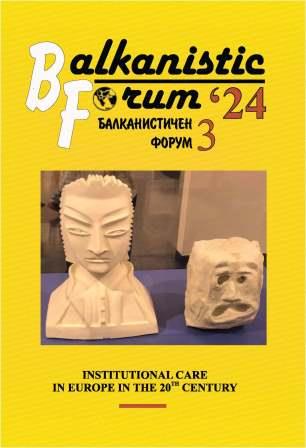

This article deals with aspects of the history of social welfare in the European rural countryside, a topic which has received little attention by historians. It explores child and early youth care, as well as elderly care strategies and practices in Austrian peasant societies during the first decades of the twentieth century, pointing out that official as well as public interest in social welfare prioritized children and early youth over old age, and urban areas over rural ones. The paper argues that in the regions under examination child- and elderly care systems operated “beyond the welfare state” system, as the title goes, while also existing parallel to its early manifestations, and sometimes (as far as laws are concerned) in a relationship with it. Foster care was the primary mechanism for taking care of out-of-wedlock children, who constituted valuable labor force for peasant households. Provision of food and shelter to the elderly (usually former rural servants), by rotating peasant households, remained a fundamental mechanism for taking care of the aged poor well into the twentieth century. In contrast to the welfare provided by the mature twentieth century welfare state, these forms of social welfare were largely associated with social discrimination and feelings of shame, during a period of apparent transition to a new era of social welfare.
More...
This article deals with the possibilities and limits of rooting foster care in interwar Yugoslavia, which was primarily presented through a local project in Savska Banov-ina and reflected in a health film produced by the School of Public Health. The vicissi-tudes of foster care in Yugoslavia are set in the global and Balkan contexts, and in relation to interstate settings for child protection and its initial institutionalization as a strategy for legitimizing the new supra-national institutions of social work and post-1918 nations. The public representation of foster care to the international community and wider audiences in Yugoslavia is explored by examining the reports of Mica Trbo-jević, one of the main proponents of foster care, prepared for the First Balkan Con-gress on Child Protection (1936), and the film Spas male Zorice (1931 by Mladen Širola). Discursive practices aimed at promoting foster care are discussed in compari-son to mainstream visions of families, children and rural communities, disseminated among Yugoslav and international experts.
More...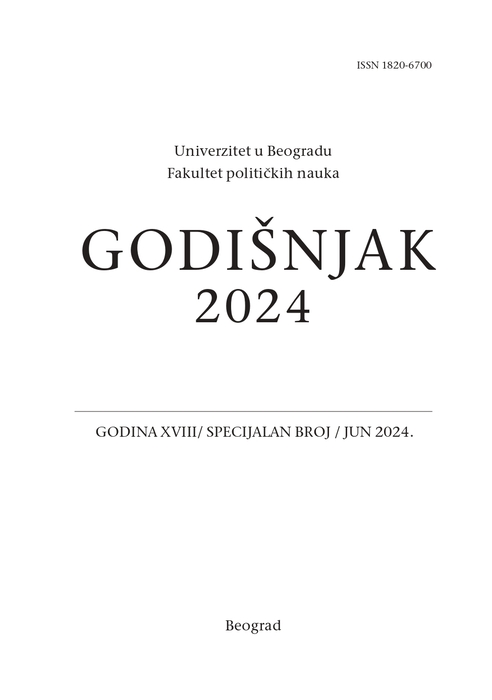
The refugee crisis, which began with the war conflicts between the Russian Federation and Ukraine in February 2022, is one of a series of humanitarian crises that have affected the area of Europe in the last few years, with the consequence of causing social insecurity for many people across Europe. The member states of the European Union had to adapt to the new circumstances in a short period of time. The key research question of the paper is: what the specifics of the current refugee crisis for national social policies are and how did key destination countries respond to the crisis, with a special focus on labor market policy measures and outcomes. The paper analyses the integration programs of refugees from Ukraine, using the institutional approach, content analysis and comparative method. The management of the current crisis, under the auspices of the EU, has been significantly improved compared to the migration crisis management model from 2015. On the other hand, in the observed countries of destination, the biggest challenges were recorded in adapting the active labour market policies to the specifics of the last crisis, which should enable a longer-term social and economic integration of refugees.
More...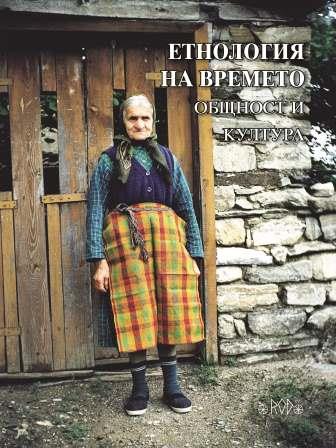
Neophyte Rilski is one of the brightest personalities that Bansko gave to Bulgaria. His work occupies a significant place in the history of Bulgarian education. His educational activity is related to an important stage in the development of the new Bulgarian culture – the movement for a new Bulgarian school, literature, and language. Recognition for the great work of Neophyte Rilski and the enormous services to the Fatherland, the people and the church, for school education and education was given by the entire Bulgarian cultural community in connection with the celebration of his 230th anniversary. The report draws attention to publications about Neophyte Rilski by his contemporaries, biographers, historians, educators, philologists, ethnologists, ethnographers, writers, poets. A number of interesting facts have been preserved in folk memory, published in ethnographic collections and publications of local legends from Bansko.
More...
This article analyzes the perception of time in monastic culture and in the context of an Orthodox parish. It decides that the measure of the perception of time in Orthodox monastic culture is the divine eternity; the measure of parish perception of time is the rhythmicity of earthly human life.
More...
The researcher compares the two works by Simeon of Thessaloniki with their shorter versions, which appeared in the Balkans “Ἑρμηνεία περὶ τοῦ θείου ναοῦ” (“Explanatio de divino templo”) the former on the basis of its 15th-century Southern Slavonic epitome, entitled Протлⷦь луⷮргїи, и црк҃ви, и чи́нꙋ сщ҃енⸯничьскомꙋ (according to the copy in the RGADA 88 manuscript 16th century, and the latter “Περὶ τῆς ἱερᾶς λειτουργίας” (“De sacra liturgia”) on the basis of its partial Church Slavonic translation according to the hagiography of Spiridon of Gabrovo of the early 19th century (No. 1322 at the National Library St. Cyril and Methodius). These texts are compared as regards the interpretation given in them of holy time in the Eucharistic service. The information about every single item in the liturgy in the sources compared is presented with a view to its external (ritual) aspect and its inner meaning (symbolism). As a result, the Southern Slavonic reception of the Greek mystagogic knowledge of the late Middle Ages and the Renaissance is reflected in the overall context of the liturgical exegesis of one of the most distinguished late Byzantine mystagogues, seen in his individual intellectual development.
More...
The text examines the results of a study on the audiences of the museum in Rousse, Bulgaria. The research helps to understand their attitudes and reactions during their actual stay in a museum environment. The information collected will be used to shape the repertoire policies of the cultural institute and to establish lasting relationships with visitors. During the museum events in 2023, the attitude of the museum audiences to the proposed initiatives was observed – exhibitions, concerts, public lectures and presentations, scientific forums, events with free entry, nights at the museum. Surveys were used to gather user opinion. They aim to define the approaches to interacting with audiences and the activities to be planned in the future to best meet people’s expectations. The current research was undertaken to identify changes in the postcovid situation and to derive workable models to benefit the museum in its future event planning activities. To a large extent, the proposed conclusions are valid for most of the Bulgarian museums, as well as the proposed work models, which include the participation of audiences in the activities of the museums.
More...
Throughout its existence, the church in the capital’s Knyazhevo district has been a focal point for the people living there. Witness to events, it remains a guardian of history through military memorials built during the Third Bulgarian Kingdom, although not all artifacts have survived. Thus, the memorial of those fallen in the Balkan Wars compels us to search for what’s lost before it’s irrevocably forgotten.
More...
The report presents a Thracian ceramic altar of natural healing power, unique in its form. An initial description of the shape and dimensions of the altar is given. A restoration methodology is proposed. Analogous scenes have been found in ancient stone votive tablets and in wall paintings dedicated to healing deities. It is recommended to prepare and implement a project for the restoration and appropriate museum display of the Thracian healing altar in the History museum in the city of Belovo.
More...
The town Bargala is located in the Eastern part of R. N. Macedonia, about 17 km from Štip, in the foothills of the mountain Plackovica. It is in the area of the village Goren Kozjak, on the right bank of the Kozjacka River.With the excavations in Tower 7, between 2009–2011, we increase knowledge about the economic aspects of the sector Episcopium. Inside the tower, was discovered a workshop and a furnace for glass production. Workshop’s dimensions are 12.6 x 6.3 meters, with several rooms. The built furnace, is positioned inside Tower 7, is 3,90 m long and 3,20 m wide. The furnace was based on top of a layer of fractured architectural ceramics. In a vertical section, the glass furnace can be divided in two parts. The lower part served as a furnus. The upper section has a circular base with 1,25 m diameter, gradually decreasing towards the top. In the southern part, near the surface of ceramic slabs, in a layer of loose soil and ash were discovered 5 ceramic pipes with various dimensions (7–14 cm). Next to the southwestern wall, two metal blowing tubes were discovered, one preserved to 0,40 m, and the other 0,23 m. For the furnace and the glass workshop are indications that it had a regional significance, supplying the regional population with glass products and half-products. The workshop probably existed during the 6th and the beginning of the 7th century AD. Confirmations of dating are the discovered coins, spanning from Justinian I (527–565) to Mauritius Tiberius (582–602).
More...
The archeological site ,,Mal Kayasi“ is located in the area of the village Bansko. It is a Late Antique fortification that was also operational during the Middle Ages. The fortress is located on one of the protruding hills on Mount Belasica, about 0,7 km southwest of the Roman Thermal spa. Some authors, here locates the Termica fortress (Θερμιτζα), which is mentioned in the chronicles of John Skylitzes, as one of the most important fortresses used by Tsar Samuel in the Strumica area. The first archaeological excavations were conducted during 2017, and then during 2019. A small part of the northwestern side of the acropolis was uncovered, where the late Antique fortress is located, as well as a single-nave church, which is located about 70 meters south of the fortress. According to the primary knowledge, this sacral building was built in the 12th–13th century and existed, probably until the Ottoman conquests of this area. It is built of slabs of stone, and lime mortar is used as a binder. The church was covered with frescoes. Two layers of frescoes have been found. A small single-nave church was built for the spiritual needs of the crew in the medieval fortress, or it was part of a small monastery complex.
More...
The text examines the camps in Bulgaria during World War II when the country was an ally of Nazi Germany. The main focus is on two of those places – „Gonda Voda“ and „Saint Nikola“ near Asenovgrad. Many communist activists and other oppositionists were interned there. The conditions in those places weren’t as harsh as concentration camps in Nazi Germany or the Soviet Union for example. All those places were closed after 09.09.1944 – the communist coup in Bulgaria. The subject isn’t very well researched in Bulgarian historiography. The study is based not only on archive documents about those places but on writings of historians like Vera Mutafchieva, Angel Krastev and etc. Interviews with people who were in those camps done in 2012 are very important for the text.
More...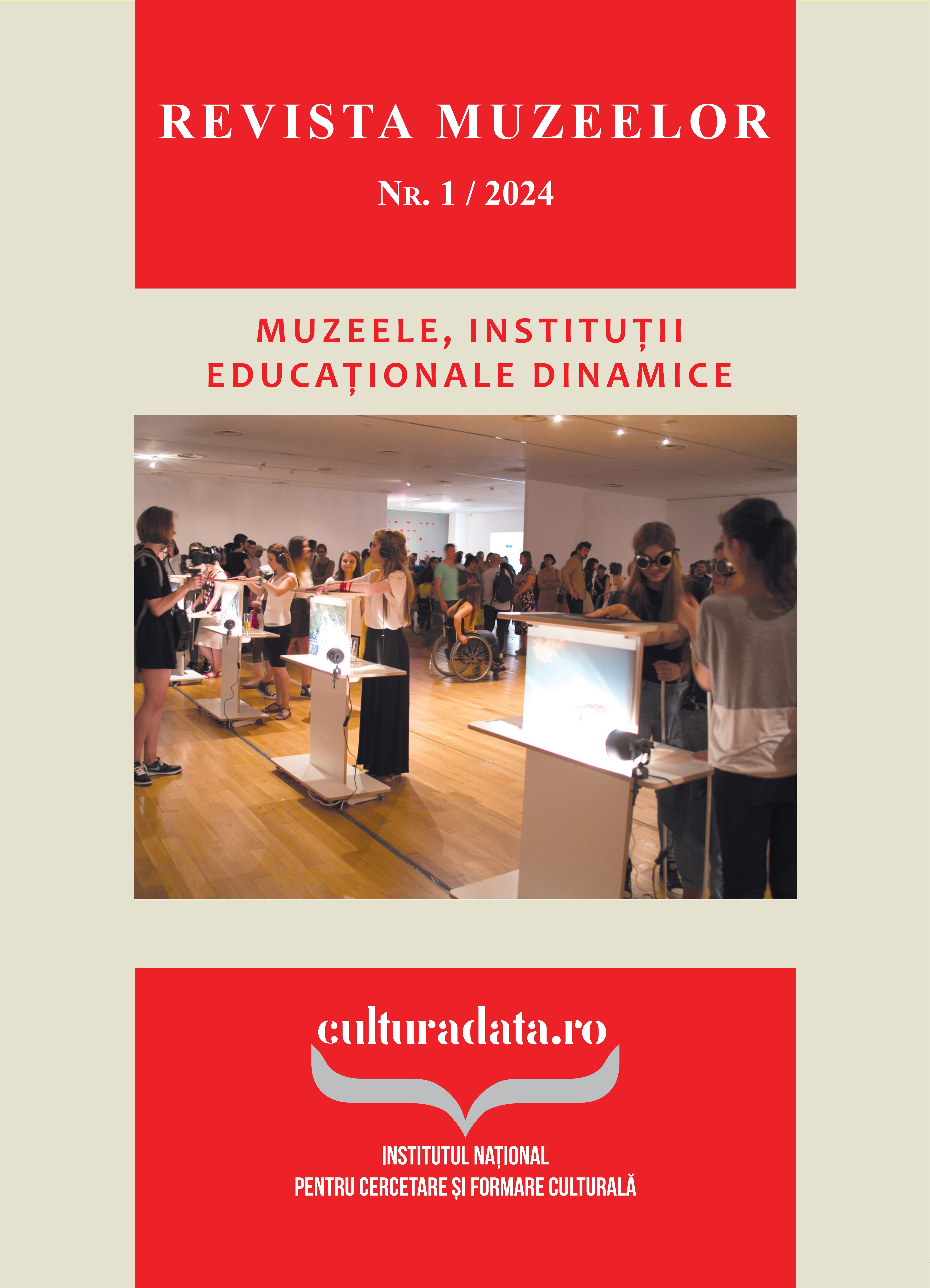
The aim of this article is to point out certain moments in the history of exhibiting the decorative art objects in Bucharest, following the cultural twinning of this space that received both European decorative art and oriental decorative art, as well as the way to develop an authentic decorative art, starting from local tradition. Moreover, the definition of the concept of “decorative” is also discussed, which has varied and still varies today in meaning. The article traces the emergence and metamorphosis of this type of art during the existence of museums in the Bucharest cultural-space and brings shades regarding the junction between museum and education space.
More...
On the Balkan Peninsula, the crisis moments that were current in antiquity, forced people to organize adequate protection against the risks and dangers of that time. So, they themselves and also their material goods had a certain degree of security. All this was also characteristic of the territories that today include the municipalities of Shtip and Karbinci. Here, the population used various methods and ways in order to provide an adequate response to the security challenges they faced during this historical period.
More...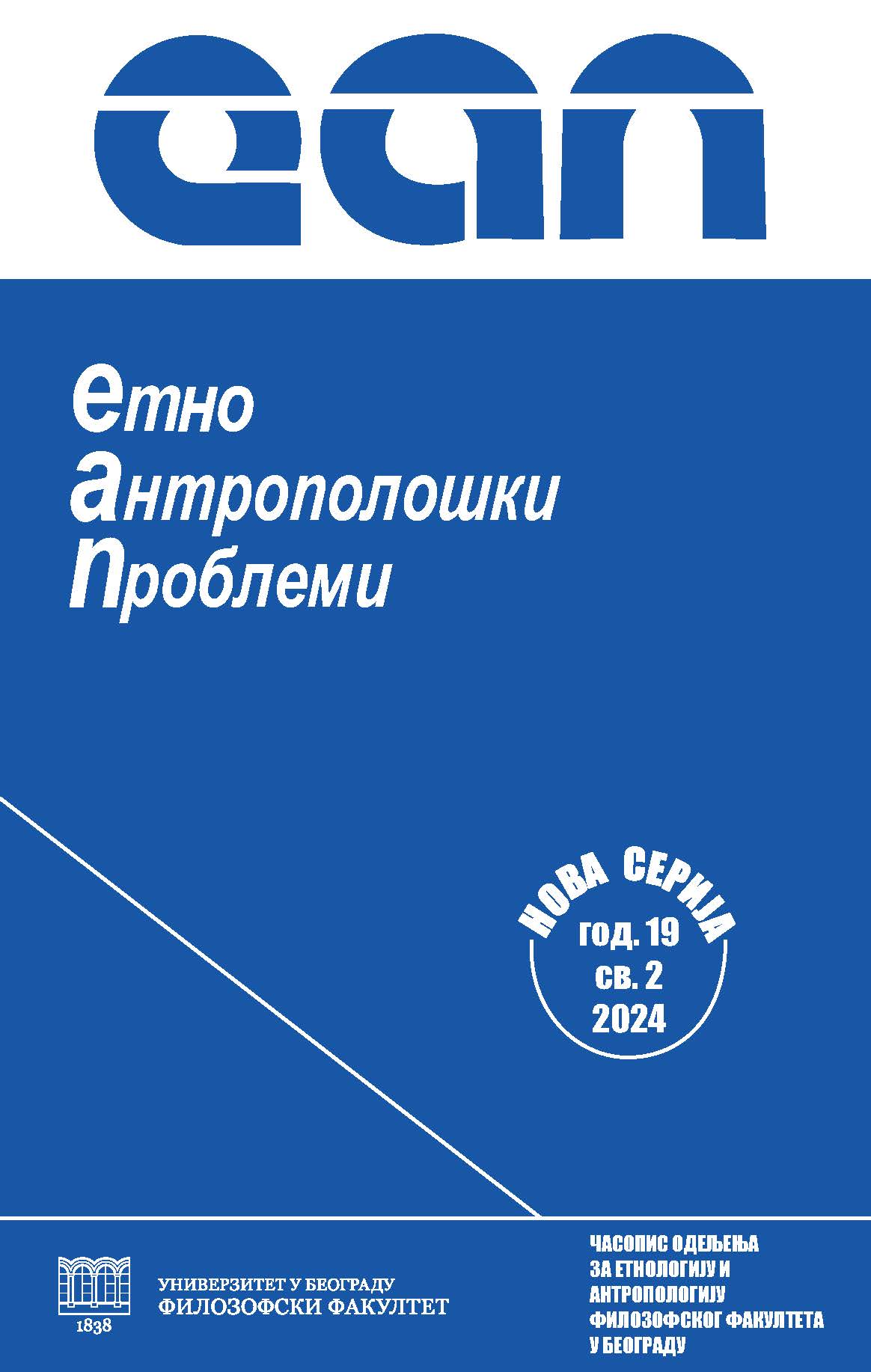
The aim of the paper was to introduce the specialized press oriented towards jazz music and its practitioners that was published from 1953 to 1965 on the territory of the Republic of Serbia. The marked period was chosen for consideration since it represents the most fruitful stage in the development of the press of a specific thematic profile, but also because of the significant changes in the entire Yugoslav society. These changes, as it was possible to show, influenced the complex processes that shaped the press of the time, as well as the attitude towards this musical genre and its practitioners. The processes in question include, first of all: certain internal political movements that consistently modeled the cultural policy of the time, within which jazz attempted to obtain a favorable position; integration of the former socialist state into polarized international currents that implied the use of jazz as a means of affirming the foreign policy orientation of Yugoslav society; and the creation of the operational power of artists for self-organization and the acquisition of certain labor and social rights within the Association of Jazz Musicians. The association was founded in 1953 in Belgrade with the aim of advocating for the rights of contemporary musicians, while at the same time initiating the publication of the first newspaper Jazz: Journal of Popular and Jazz Music (Jazz. List za pitanja zabavne i džez muzike). Under this name, the journal was published from 1953 to 1954, and during the publication period from 1957 to 1958 it changed its name to Bulletin of the Association of Jazz Musicians (Bilten Udruženja Jazz muzičara). After that, in Novi Sad, in 1962, Rhythm – Yugoslav Review of Jazz and Popular Music (Ritam – Jugoslovenska revija za džez i zabavnu muziku) began to be publish by NIP Dnevnik, and later changed its name to Rhythm – Yugoslav Review of Popular Music (Ritam – Jugoslovenska revija za zabavnu muziku), under which it continued to be published until it ceased publication in 1965.
More...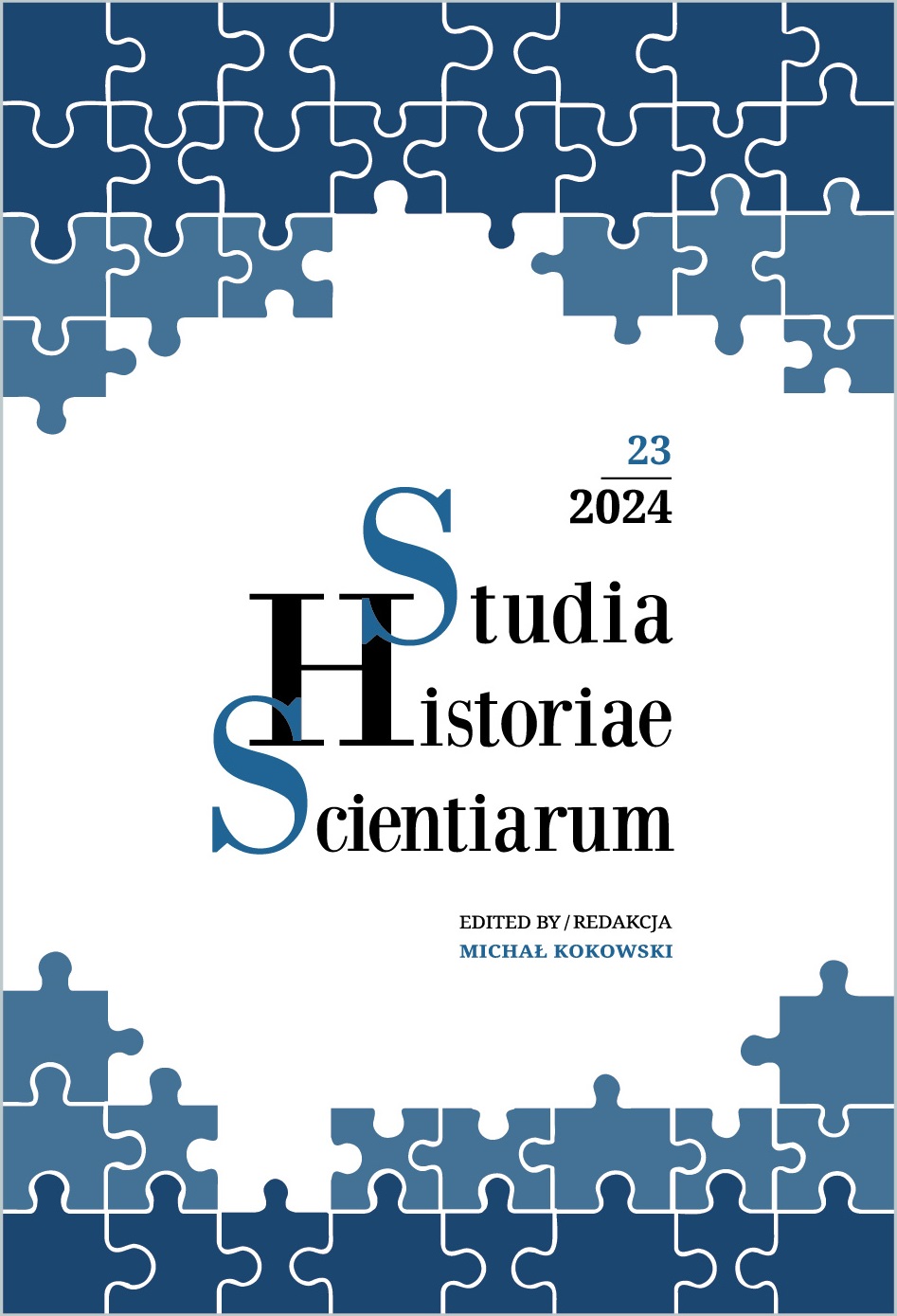
The article discusses the concept of science proposed by Andrzej Trzciński (1749–1823), a Krakow professor of physics during the Enlightenment era. In 1811, he published Uwagi na Rozprawę o krytyce Stanisława Kostki Potockiego [Remarks on Stanisław Kostka Potocki’s Treatise on Critique]. Typically, this text has been perceived by researchers as insignificant, malicious remarks directed at Potocki (1755–1821) and his dissertation.The aim of this article is to show that behind the arguments presented in Uwagi... lies a vision of science, as well as culture and art, distinct from Potocki’s.Firstly, the article introduces the Krakow scholar and explains why he remains relatively unknown. Then, based on an analysis of Uwagi... and comparisons with Potocki’s Critique, it indicates that Trzciński was an advocate of empiricism, a critic of classicism (advocated by Potocki), and a scholar who drew inspiration from sentimentalism and the views of J. J. Rousseau. True to Enlightenment ideals, Trzciński advocated research into Nature, believing that the natural sciences take precedence over other disciplines because they are useful (by facilitating life, improving the quality of life, and serving the common good). Fine arts and aesthetics, according to Trzciński, are reserved for the few and bring limited benefits to society, primarily providing pleasure and entertainment.Moreover, the article also raises the issue of Polish scientific and academic language.
More...